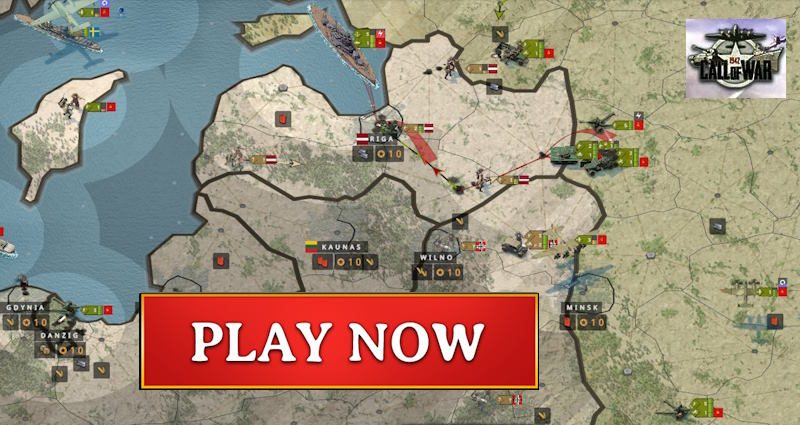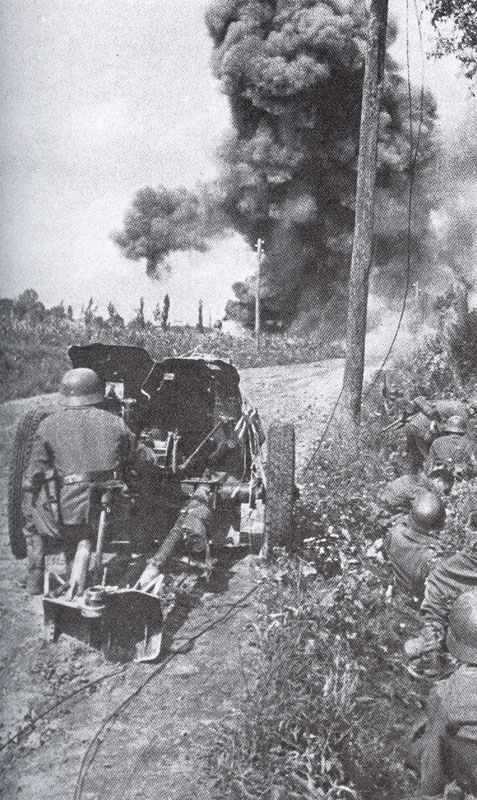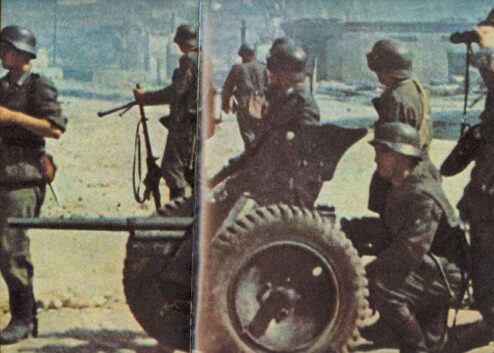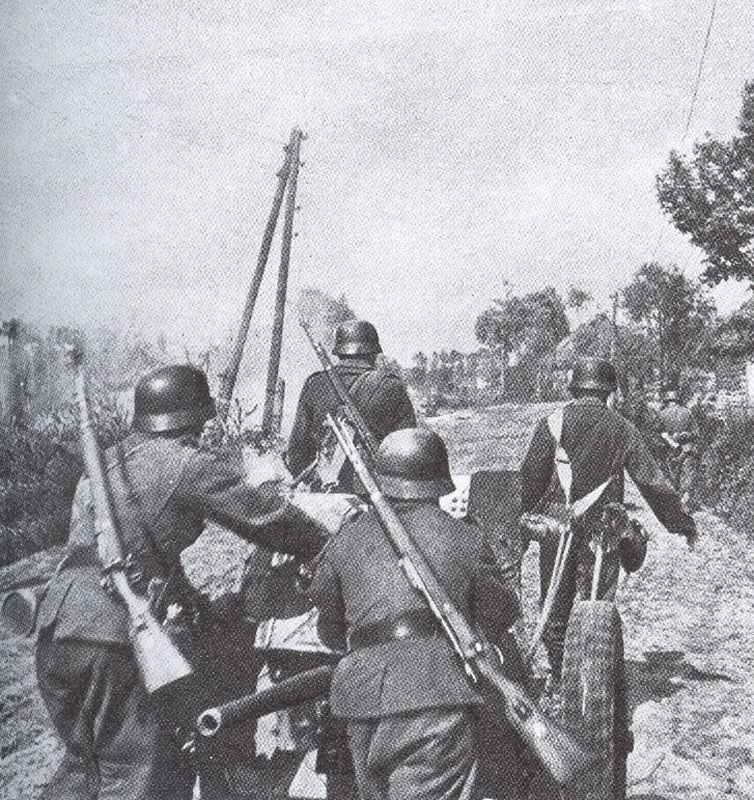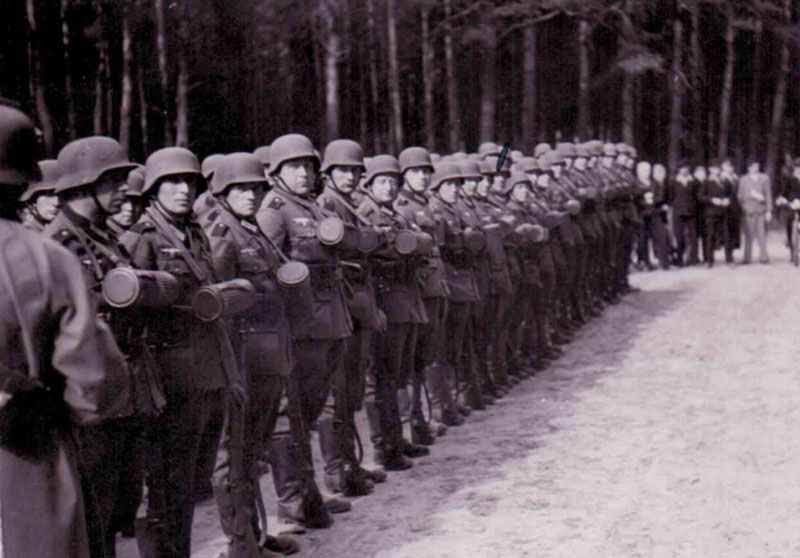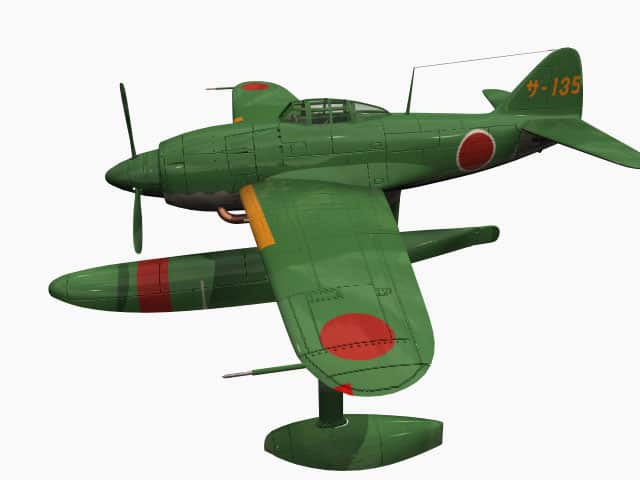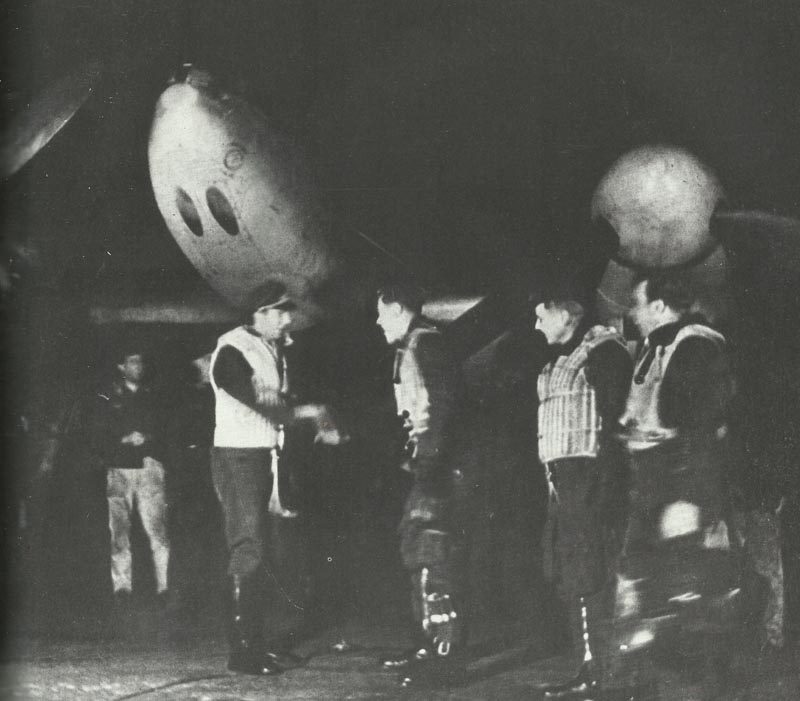German light anti-tank gun 37-mm PAK 36.
History, development, service, specifications, pictures and 3d model.
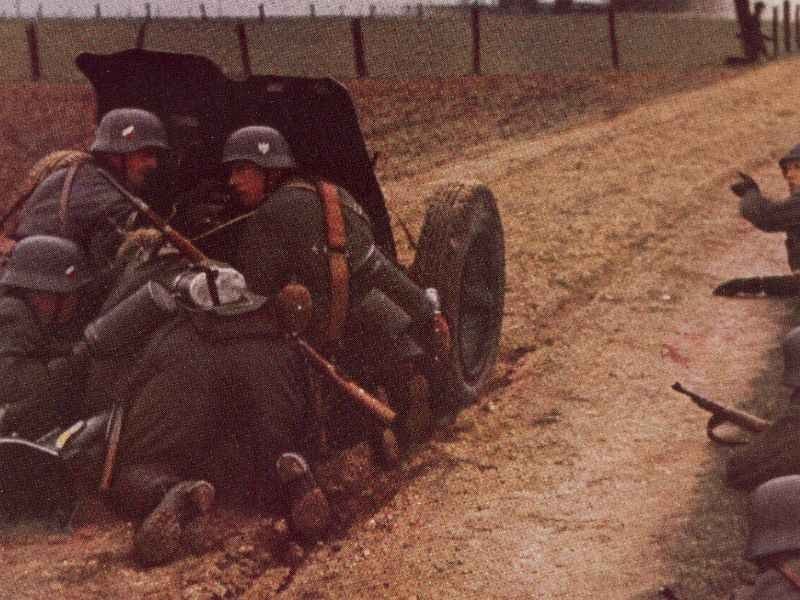
German light anti-tank gun Pak 36
Table of Contents
3.7 cm PAK 36
Type: Anti-tank gun (Panzerabwehrkanone, German).
The Pak 36 (Panzerabwehrkanone 36) was a German 37 mm anti-tank gun used primarily during the early years of World War II.
Overview
– Name: 3.7 cm Pak 36 (Panzerabwehrkanone 36)
– Caliber: 37 mm
– Role: Anti-tank gun
– Origin: Germany
– Service: Introduced in 1928, used extensively in the early stages of WWII
– Weight: Approximately 432 kg (about 950 lbs)
– Barrel length: 45 calibers (L/45)
– Muzzle velocity: Around 750 m/s (for standard armor-piercing rounds)
– Effective range: About 500-1000 meters against armored targets
Development and Usage
– The Pak 36 was developed in the late 1920s and was the standard German anti-tank gun during the early years of WWII.
– It was effective against the light tanks of the 1930s and early war period, such as the Polish 7TP, French Renault R35, and early Soviet T-26.
– The gun was highly mobile and could be towed by light vehicles or moved by its crew.
Combat Performance
– During the early campaigns (Poland 1939, France 1940), the Pak 36 performed adequately.
– However, it quickly became obsolete with the introduction of better-armored tanks like the Soviet T-34 and KV-1 and the French Char B1.
– Its 37 mm round lacked the penetration power against medium and heavy tanks, leading to the nickname **“door knocker”** by German troops, implying it was ineffective against heavier armor.
Later Use
– By 1941-1942, the Pak 36 was largely replaced by more powerful anti-tank guns like the 50 mm Pak 38 and the 75 mm Pak 40.
– Some Pak 36 guns were modified to fire hollow charge (shaped charge) ammunition (such as the Stielgranate 41), which improved their ability to penetrate armor but had limited range.
– The Pak 36 was sometimes used in secondary roles, including as an infantry support weapon or mounted on light vehicles.
The Pak 36 was a pioneering German anti-tank gun that served well at the start of WWII but was soon outclassed by advances in tank armor. It remains a notable example of early war German artillery and reflects the rapid technological changes in armored warfare during the conflict.
History
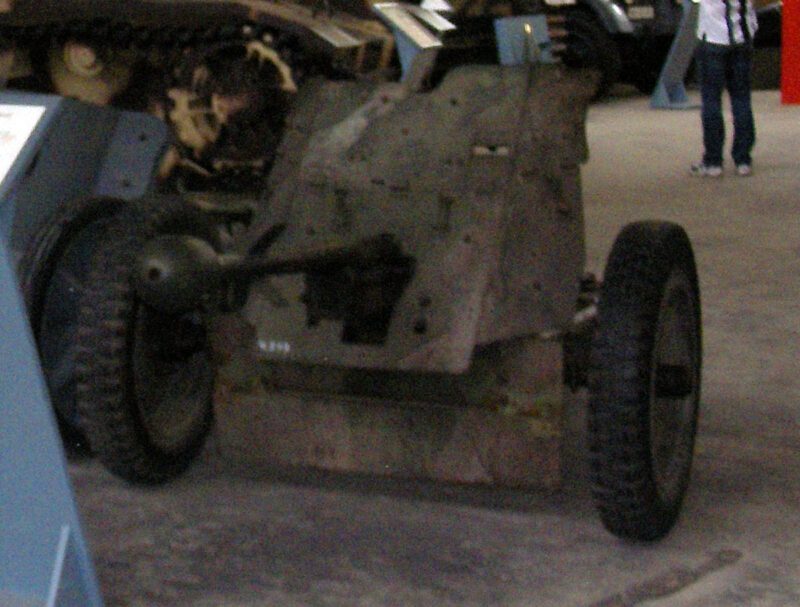
The 3.7 cm PAK 36 was the standard German anti-tank gun at the outbreak of war. It was more or less on equal terms with its contemporaries and capable of dealing with most of the tanks of its day. It had been developed in the early 1930s by the Rheinmetal Company of Düsseldorf and the first issues were made in 1936. A number were sent to Spain to be used in the Civil War and several were sold to Russia.
The design of two-wheeled split-trail carriage was efficient and highly maneuverable, and the basic layout was widely copied in other countries, notably in the USA and Japan. Its penetrative performance could have been better, but it was sufficient and it was more than compensated for by its mobility.
After 1940 it was outmatched by the improvements in armor and tank guns and it was replaced by the 5cm PAK 38.
In an attempt to turn them into something useful large numbers were scrapped and their carriages used for other and newer guns. But according to one German source there were several thousands of these weapons built, and large numbers were retained in service; in the hope of providing them with a suitable anti-tank performance the ‘Stick Bomb’ or Stielgranate 41 was introduced.
This was a large hollow charge bomb of 19lbs weight mounted on a stick, with a perforated tail boom carrying fins. The stick was loaded into the muzzle so that the tail boom and fins surrounded the gun barrel. A special blank cartridge was then loaded and used to fire the stick bomb to a maximum range of 800 meters. Due to its low velocity the normal engagement range was restricted to 300 meters, and the massive hollow charge could penetrate 180 mm of armor.
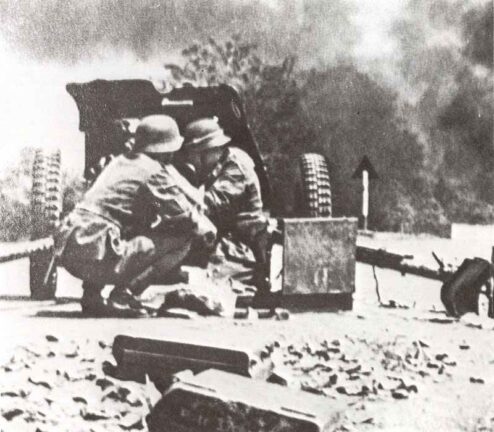
It is believed that large numbers of these were used with good effect against Soviet tanks, and certainly some were used against British and American armor in Normandy in 1944; where the close country favored the short range of this weapon.
The normal ammunition was of two types; a steel AP shell with a small explosive charge which detonated after penetration, and a tungsten cored shot.
Animated 3D model of German 3.7cm PAK 36
Specifications 3.7 cm PAK 36
Specifications:
3.7cm PAK 36 | Specification |
|---|---|
Type | light anti-tank gun |
Crew | 2 |
Length | 5 ft 5.5 in |
Weight | travelling 970 lb, action 723 lb |
Calibre | 37 mm (1.46 in) |
Length of barrel | 65.5 in |
Length of rifling | 4 ft 8.8 in |
Elevation | -5° to +25° |
Traverse | 30° right and left |
Muzzle velocity | AP 2,500 ft/sec; APCR 3,375 ft/sec |
Maximum range | 4,400 yds |
Shell weight | AP 1.5 lb; APCR 12.5 oz; HE 1.33lb |
Penetration mm at 30° armour plates:
Range | Penetration |
|---|---|
100 yds | APCR 65 mm |
500 yds | AP 36 mm; APCR 40 mm |
Service statistics:
3.7cm PAK 36 | figures |
|---|---|
Production | from 1936 until 1940 |
Price per unit | RM 5,730 = c. $ 2,579 = c. £ 546 |
Total production figure | several thousands (no exact data) |
References and literature
Die Geschichte der Artillerie (John Batchelor, Ian Hogg)
Artillery in Colour 1920-1963 (Ian Hogg)
The Encyclopedia of Weapons of World War II (Chris Bishop)
The Encyclopedia of Infantry Weapons of World War II (Ian V.Hogg)
Infanterie im 2. Weltkrieg (J.B.King, John Batchelor)
German Anti-Tank Guns 1935-1945 (Werner Haupt)


